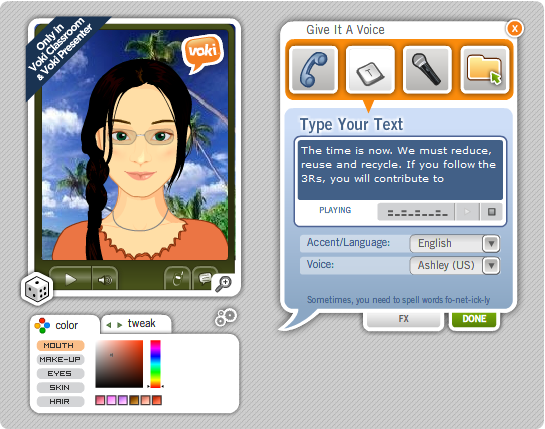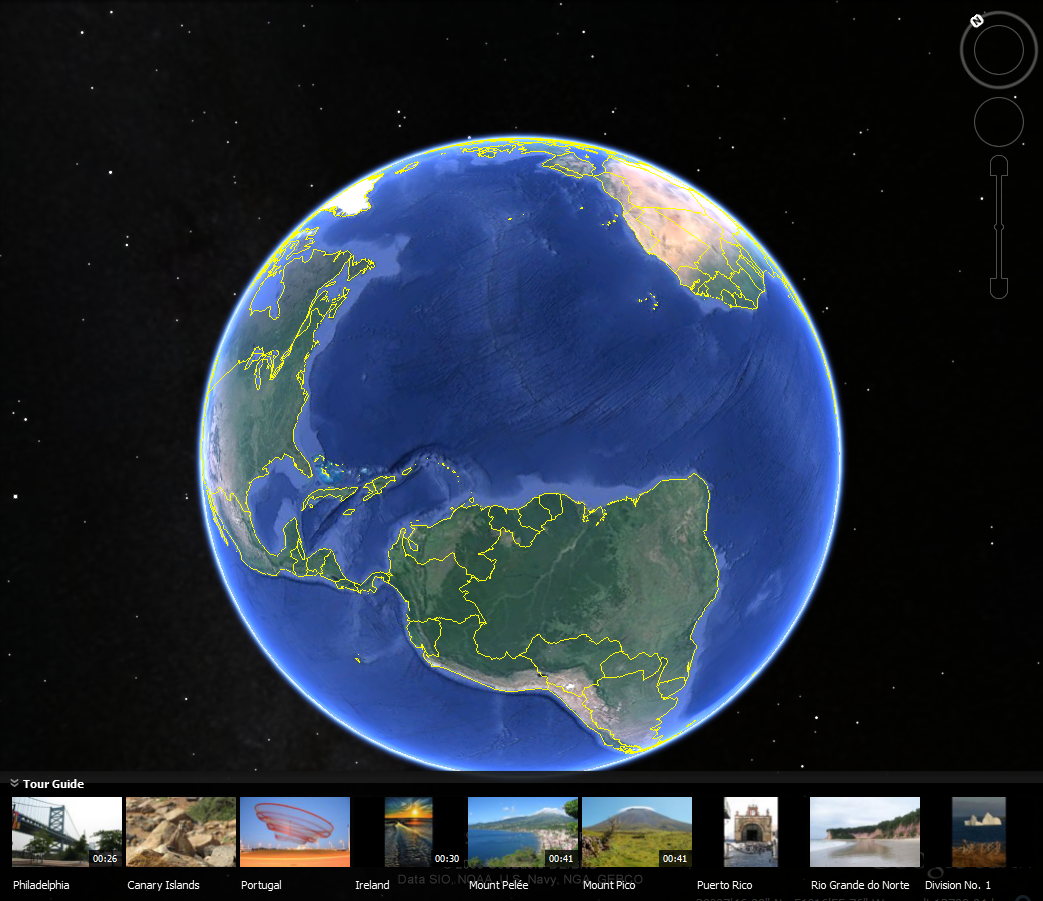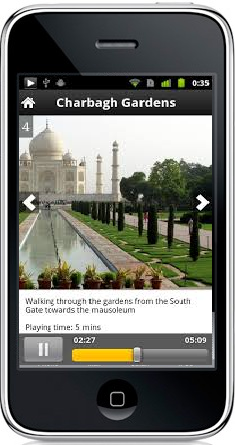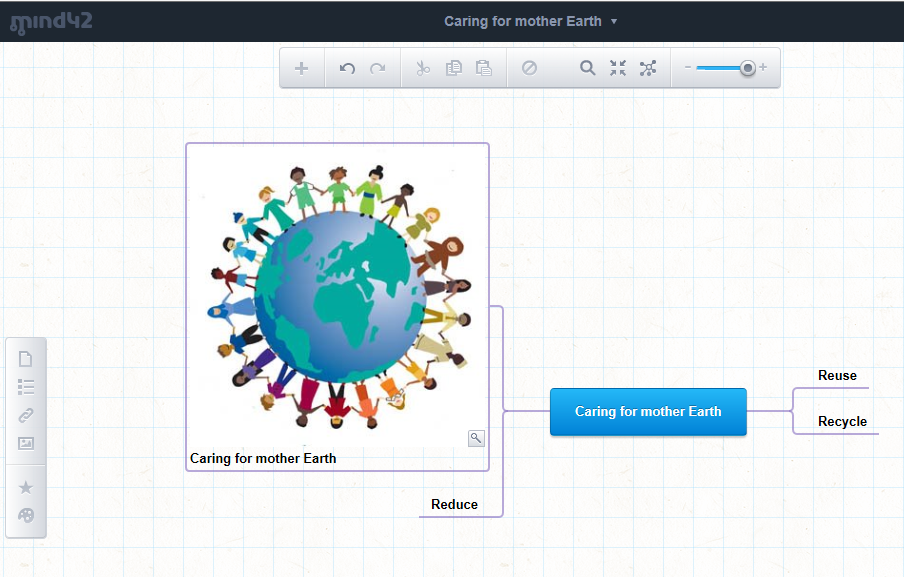 Magali Trapero Turrent is an ELT Editor at Oxford University Press, Mexico. She is the co-author of several books published by OUP as well as a teacher and former OUP Educational Services teacher trainer. In her posts, she shares her ideas for using Web 2.0 tools to develop learner’s language skills.
Magali Trapero Turrent is an ELT Editor at Oxford University Press, Mexico. She is the co-author of several books published by OUP as well as a teacher and former OUP Educational Services teacher trainer. In her posts, she shares her ideas for using Web 2.0 tools to develop learner’s language skills.
Listening is a difficult skill to develop for ELLs or any other foreign language learner. And yet, it is critical for language acquisition. In the past, we mostly used the audio materials included in textbooks to help our learners develop listening skills. However, with the advent of new technologies and the Internet, we have been able to add richness to our lessons by using podcasts, short videos or live radio programs from stations in other countries. Despite this, there are times when we want to create specific audio materials to suit our learners’ needs without having to record our voices. Fortunately, using Web 2.0 tools can give us the opportunity to create our own engaging and fun listening materials without having to record our voice or, better yet, we can engage our students in the process of creation. Text-to-Speech (TTS) technology is extremely helpful because we can select the speech rate, the gender and the accent of the voice that will be created from our text. iSpeech and Voki are examples of tools that employ TTS technology.
iSpeech can be used with computers or with tablets and smart phones through the mobile apps. Voki allows you, or your students, to generate fun listening activities through the creation of avatars to represent you, a fictitious character, or your students. You can use TTS, upload audio files or use your smart phone to record. You can place your listening activity (avatar) in your social network site or blog, or even email it for homework.

Figure 1: Sample Voki development page—Text extract from the OUP series Discover Science Level 3 Student’s Book
In designing a lesson, we can apply the pre-listening, while-listening and post-listening framework. Once the topic of the lesson is decided and after the instructional goal of the activity is established—top-down or bottom-up skill development (Rost, 2011)—we can begin developing our listening materials.
During the pre-listening stage, learners can begin work on top-down processing skills. Top-down processing takes place, for example, when learners use their previous knowledge on a topic to interpret a message. If they do not have any knowledge on the topic, regardless of how fluent they are, it will render a listening activity quite challenging. This principle applies even to native speakers. Imagine having to listen to a conversation about astrophysics—if you are not an astrophysicist, having to answer comprehension questions based on that conversation can be an overwhelming challenge. Therefore, establishing a context, pre-teaching vocabulary or sociocultural elements and activating previous knowledge are needed for comprehension of aural input (Ur, 1999).
In preparing a science lesson, I can use Google Earth to engage my learners and activate their previous knowledge on ecosystems and biomes during the pre-listening stage. As they engage in their virtual exploration of the Earth, I can begin eliciting content-specific vocabulary and teaching any lexis they will need to successfully complete their listening task.

Figure 2: Image courtesy of Google Earth
Moving on to the next stage of the lesson, besides top-down processing skills, more skills will need to be developed that are just as necessary—namely, bottom-up processing skills. The while-listening stage provides a great opportunity to develop decoding or bottom-up processing skills. In bottom-up processing, some degree of phonological, grammatical and lexical competence is needed. This is because when learners engage in bottom-up processing, they attempt to make sense of the message based on chunks of input, such as sounds, words, clauses or sentences—to name a few. Top-down and bottom-up processes do not happen in isolation—they interact (Vandergrift, 1999).
Continuing with the example of a science lesson, for the while-listening activity, I can use Woices to develop a guide to different biomes and the services they provide. I can embed the guide in a blog or a social network page, or use it directly from the site. Woices can be used with computers or with tablets and smart phones through the mobile apps. In a while-listening activity like this, depending on the instructional goal, I can have my learners complete a mind map in Mind42 with information from the aural input or follow the information on Google Earth as they capture images mentioned in the Woices guide for the post-listening activity.

Figure 3: Image courtesy of Woices

Figure 4: Images courtesy of Mind42 and Tiffany @Making the World Cuter
In fact, Woices, iSpeech and Voki can be used for the post-listening stage. You may decide, for example, to have your learners create their own Voki as a response. The advantage of using TTS technology is that if students have memorized words with the wrong pronunciation, once their text is converted to speech, they will notice the difference. After all, research shows that learners have consistently reported that memorizing words with the wrong pronunciation greatly interferes with their listening comprehension performance (Goh, 2008). The downside of TTS is that it may not provide the desired intonation if that is one of the instructional goals of a lesson.
In the next article in this series, we will explore the use of Web 2.0 tools for writing activities.
References and Further Reading
Goh, C. (2008). Metacognitive Instruction for Second Language Listening Development: Theory, Practice and Research Implications. RELC Journal: A Journal of Language Teaching and Research, 39(2), 188–213.
Rost, M. (2011). Teaching and Researching Listening (2nd ed., pp. 132-133). New York, NY: Pearson Education Limited.
Ur, P. (1999). Module 8 – Teaching listening. A Course in Language Teaching (pp. 41–47). Cambridge: Cambridge University Press.
Vandergrift, L. (1999). Facilitating Second Language Listening Comprehension: Acquiring Successful Strategies. ELT Journal, 53 (3), 168–176.


Nice 🙂
Thank you, Mariana!
Excuse me. I just wanna know how to appy for a web tool? I am an English teacher in China
[…] https://teachingenglishwithoxford.oup.com2015/05/07/teaching-with-web-2-0-tools-part-2/ […]